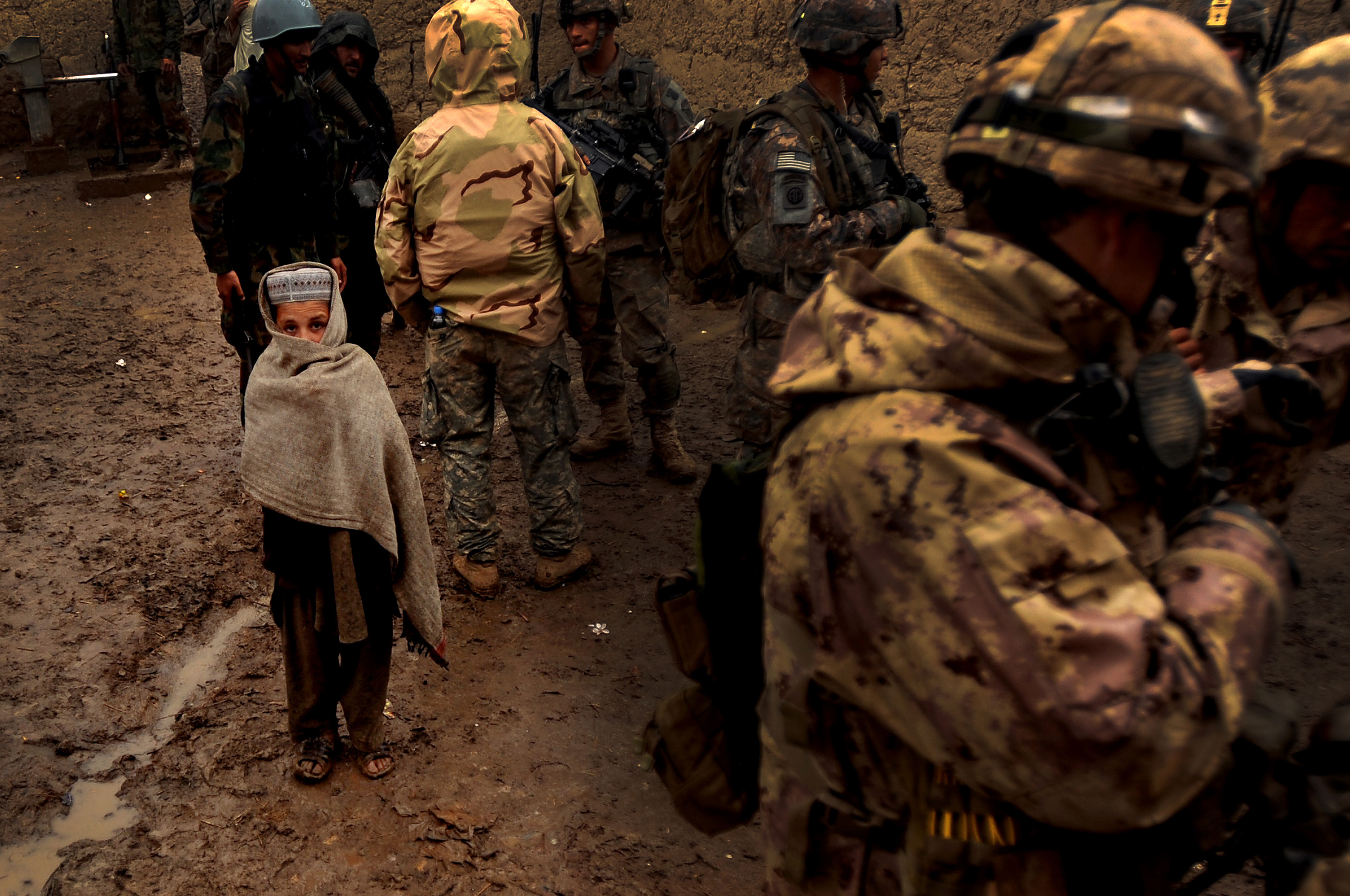Located two hours north of Toronto, by car, Bracebridge, Ontario (ON) is a picturesque town within the District Municipality of Muskoka. With a year-round population of approximately 16,000 people, Bracebridge is a summer destination for cottagers, vacationers, tinsel-town stars and Santa Claus, whose summer home exists on Lake Muskoka’s shore, along the 45th parallel. Each year, prior to the beginning of the summer ‘tourist season,’ locals experience the spring freshet, which affects the lower-lying areas that border the numerous lakes and waterways adorning the landscape.
The Muskoka River watershed area is approximately 4,600 square kilometers in size and flows 210 kilometers between Algonquin Park and Georgian Bay. Since 1940, the annual watershed has been managed by various versions of the Muskoka River Water Management Plan, the management of which had rested with various bodies. In early 1970 the Ontario Ministry of Natural Resources and Forestry adopted responsibility for the operation and maintenance of 29 of the 42 dams that exist in the watershed area. In addition to this, the incumbent Ontario provincial government has cut conservation authorities’ $7.4 million budget by almost half in an effort to eliminate the province’s $11.7 billion deficit.
In 2013, the first of what would become two ‘100 year floods’ occurred when flood water levels peaked at an astounding 243 cubic meters per second (m3/sec) and remained unusually high for four days. In 2016, these levels reached only 181 m3/sec (three day in duration).
This year levels also reached 181 m3/sec, but remained in the 150 range for 10 days, resulting in devastating flooding. Water levels rose rapidly with Lake Muskoka levels rising 44 inches over a period of 15 days (April 9th to 23rd). Five inches of this accumulation occurred between April 22nd and 23rd when Bracebridge Mayor Graydon Smith declared a State of Emergency under Ontario’s Emergency Management and Civil Protection Act.
As water levels continued to rise, and local officials’ ability to manage the situation in Bracebridge was overwhelmed, Bracebridge Town Council officials and Emergency Management Ontario coordinated to enact the Province’s Emergency Response Plan, submitting a formal request for assistance to the federal government. Once approved by both the Minister of Public Safety and Emergency Preparedness and the Minister of National Defence, such requests are passed onto the Chief of Defence Staff, and then the Canadian Joint Operations Commander for operation activation. On April 28th 2019, the Canadian Armed Forces (CAF) deployed approximately 60 reservists from 32 Canadian Brigade Group on an Operation LENTUS (OP LENTUS) mission to Bracebridge, ON.
OP LENTUS is CAF’s contingency response to domestically-occurring natural disasters, including forest fires and floods, that outstrip local authorities’ capabilities to combat. CAF aids provincial and territorial authorities by performing various tasks such as filling sandbags, providing emergency transportation and evacuation of people, mopping up fires, and checking on residents, among others.
While the CAF is quick and effective in their operations, many military and civilian personnel express concerns with OP LENTUS. One concern is that it is uncertain how large a natural disaster situation will become. This concern is that OP LENTUS deployments may further strain CAF’s limited budget and resources, detracting from other CAF operations as the disaster situation’s requirement for more money and resources increases. When CAF troops are deployed on LENTUS missions, however, CAF officials have already determined that the relief aid does not disrupt existing CAF operations.
In total 160 soldiers were deployed to Bracebridge (95% of whom are reservists) for just under a week. They worked gruelling 12-hour days aiding in emergency evacuations and the filling and placement of sandbags in affected areas. During this time, local businesses supplied food donations to troops and volunteers, which according to Private Daman Dadhwal kept them going and ‘uplifted them.’
As water levels receded in Bracebridge and the situation began to stabilize, 100 soldiers were redeployed by May 6th to Ottawa, one of two other areas that suffered from significant flooding. Residents of Bracebridge, however, and particularly those most affected by the flooding expressed their most sincere gratitude to the CAF troops who aided in their town’s crisis.
The State of Emergency in Bracebridge was lifted on May 13th, 2019, but the flood’s effects will be felt significantly by businesses and property owners for this tourist season if not for years to come. Unsurprisingly, some claim that the 2013 and 2019 floods’ widespread effects are rooted in some degree of mismanagement of the Muskoka River Watershed.
Representatives of the Muskoka Watershed Council, have been very vocal about the ‘need’ to update the Muskoka River Water Management Plan given its ‘primary focus’ is dam operation. Others, more specifically, stress the necessity of including watershed hydrology, (the way that water moves across landscapes) in water budgets.
While it is not clear whether alternative or better management of the Muskoka Watershed could have prevented some of the 2019 flood’s immense effects or similar effects in the future, it seems clear that the management of natural resources is important for not only local reasons but also national ones. While residents of communities such as Bracebridge hugely appreciate CAF’s work though OP LENTUS, effective management of and preventative action regarding natural resources on the local and provincial levels is necessary.
Featured Image: Brigadier-General Jocelyn Paul, Commander 4th Canadian Division and Joint Task Force (Central) speaks to a member of the 4th Canadian Division currently providing flood relief operations in Constance Bay during Operation LENTUS on April 29, 2019 by Master Corporal Donnie McDonald, 4 Canadian Divisions Headquarters Public Affairs via Combat Camera.
Disclaimer: Any views or opinions expressed in articles are solely those of the authors and do not necessarily represent the views of the NATO Association of Canada.




